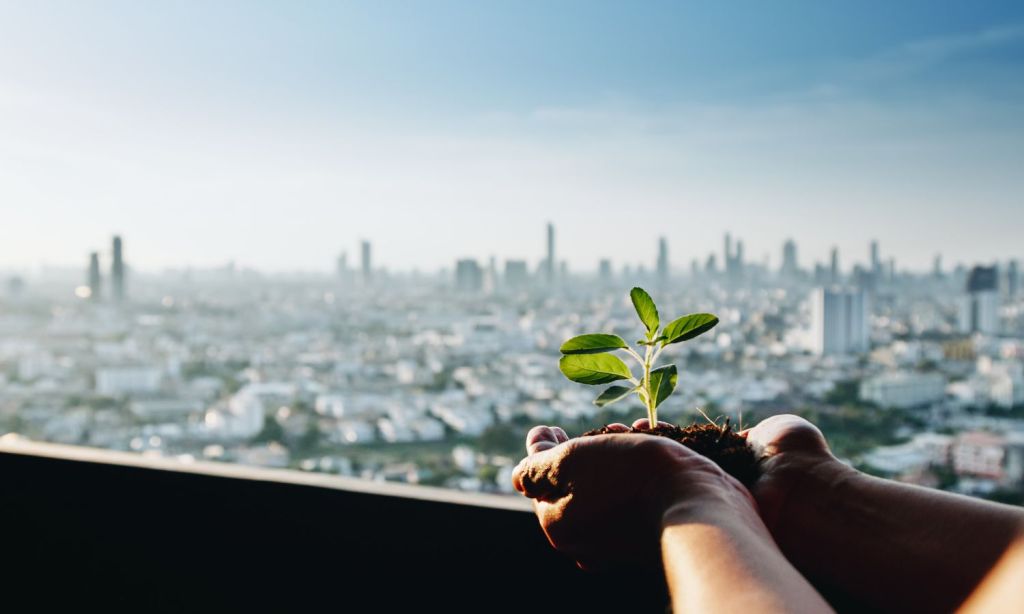It’s hard to believe that environmentalism as we know it only solidified into a proper global movement in 1970 with the launch of Earth Day. That’s simplifying it a bit, but the day itself was crucial to the adoption of environmental practices the world over. Over 50 years later, we still celebrate this foundational moment in sustainability.
Held on April 22, Earth Day day sees billions of people work to make our planet a healthier and happier living place. If you’re keen to be involved this year, read on to find out everything else to know about Earth Day, including what exactly you can do to take part in the festivities.
What Is Earth Day?
Reports say the first Earth Day was celebrated in 1970 with a US senator organising a national demonstration to raise awareness about environmental issues. By the end of that year, the US government had founded the Environmental Protection Agency (EPA) and by 1990, Earth Day was adopted and celebrated by more than 140 other countries.
When Is Earth Day 2024?
Every year, Earth Day falls on April 22. Earth Day 2024 falls on Monday, April 22, with the theme of Planet vs. Plastics.
What’s the Difference Between Earth Day and Earth Hour?
Earth Hour is often confused with Earth Day. Though both annual events are dedicated to raising awareness about the planet, that’s where their similarities stop.
Earth Hour falls on a Saturday at the end of March and, as its name suggests, lasts for only an hour. Earth Hour 2024 will be held on Saturday, March 23 from 8:30pm to 9:30pm, Australian East Coast time.
The idea is that you turn off non-essential electric lights as a symbol of commitment to the planet. Meanwhile, Earth Day falls on the same day every year — April 22 — and sees participants taking part in all sorts of activities to help the planet.
What Do You Do for Earth Day?
To celebrate Earth Day, there are many things you can do, including planting a tree, turning off your non-essential lights (like you’d do during Earth Hour) and limiting your water use. One of the biggest things you can do is to reduce your plastic use.
Did you know the average Australian uses a whopping 3,109 single-use plastic bottles in their lifetime? That’s 1 billion bottles Australians buy and throw away every single year. One easy way to lower this stat is to switch to reusable bottles.
Related: This Hobart Restaurant Serves Diners a Real Lesson in Sustainability
Related: We Asked a Sustainability Manager for Their Tips on Reducing Food Waste
Read more stories from The Latch and subscribe to our email newsletter.







